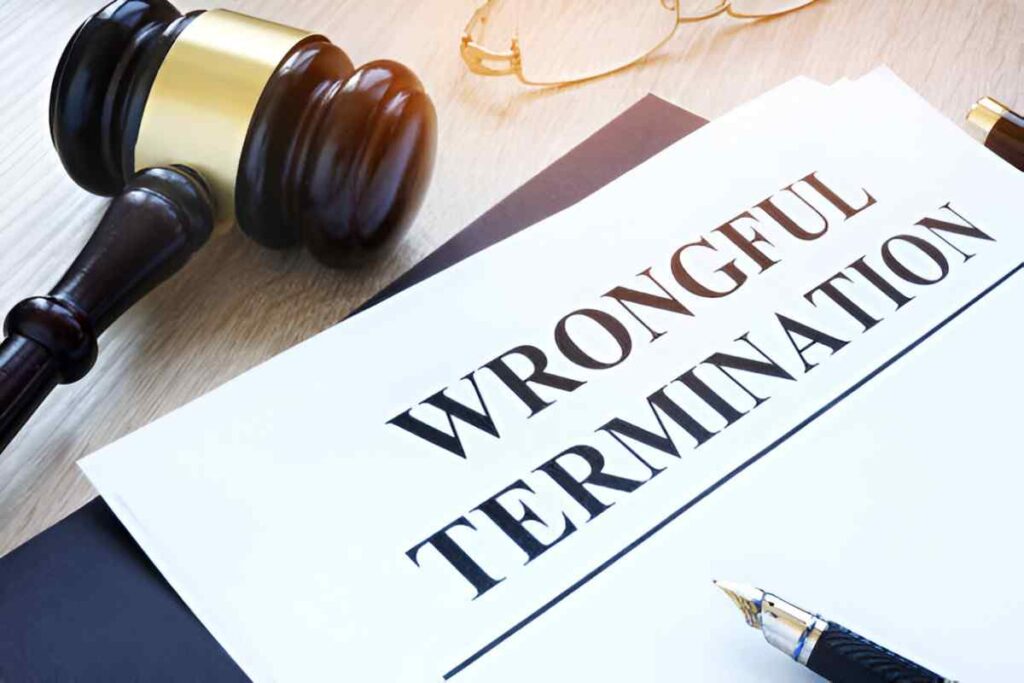Introduction
When I first encountered the term “limitation of actions,” I misunderstood it as a vague legal formality. But as I dove deeper, I realized that limitation of actions is a core part of how the legal system protects fairness, encourages prompt claims, and secures financial stability in personal and business contexts. In this article, I will explain what limitation of actions means, why it matters, and how it applies in real-world financial and accounting cases. My goal is to make this understandable and useful for anyone in the United States dealing with contracts, debts, or legal rights related to financial claims.
Table of Contents
What Is the Limitation of Actions?
Limitation of actions, often called a statute of limitations, refers to the legal time limit within which one must bring a lawsuit or claim. Once this period expires, the right to sue disappears, regardless of the merits of the case. These time limits differ depending on the type of legal claim and the state where the claim is filed.
In accounting and finance, limitation of actions often affects:
- Debt recovery
- Breach of contract
- Tax assessments
- Fraud claims
- Professional negligence (e.g., malpractice by accountants)
Why Is It Important?
I see the limitation of actions as more than a deadline; it protects both parties. For the claimant, it encourages timely legal action. For the defendant, it prevents indefinite liability. Without such limitations, people and businesses would struggle to move forward, always at risk of old claims resurfacing.
From a financial perspective, it helps:
- Clean up balance sheets
- Establish better risk control
- Encourage documentation
- Reduce litigation costs
General Time Limits in the US
Different states impose different limits. The table below offers a simplified comparison of common civil limitation periods:
| Type of Claim | Typical Limitation Period | Example States |
|---|---|---|
| Oral Contract | 2-6 years | CA (2), NY (6) |
| Written Contract | 3-10 years | TX (4), NY (6) |
| Debt Collection | 3-6 years | IL (5), FL (5) |
| Personal Injury | 1-6 years | KY (1), CO (2), MA (3) |
| Fraud | 2-6 years | CA (3), TX (4), NJ (6) |
| Property Damage | 2-6 years | AZ (2), MI (3), OH (4) |
Limitation and Accounting Standards
As an accountant, I often need to be aware of the limitation periods while preparing financial statements. GAAP doesn’t define the legal periods, but it requires accuracy and completeness. So, I make sure that contingent liabilities and receivables are aligned with what’s actually recoverable. If a claim is time-barred, we exclude it from the balance sheet to avoid overstating assets.
Example: Unpaid Invoice Recovery
Suppose I issued an invoice in Illinois for $50,000 on January 1, 2018. The debtor failed to pay. Under Illinois law, the limitation period for written contracts is 10 years. If I attempt collection in 2030, my claim is still valid. But if I wait until 2031, the claim is time-barred.
2030 - 2018 = 12 \text{ years} > 10 \Rightarrow \text{Claim invalid}Exceptions to the Rule
Even though time bars exist, courts can extend or pause the limitation under special circumstances, such as:
- The claimant was a minor
- Fraudulent concealment
- Mental incapacity
- Bankruptcy proceedings
These exceptions vary by jurisdiction. Knowing your local law is essential, which is why I often work with legal counsel when assessing financial recoveries.
The Discovery Rule
One of the most significant modifiers is the discovery rule. Under this rule, the clock starts when the claimant discovers (or should have discovered) the injury or wrongdoing, not when it happened.
Example: Accountant Negligence
Say I hired an accountant in 2017, and they misclassified $100,000 in expenses, resulting in IRS penalties. I only found out in 2020. If my state allows discovery-rule-based claims within three years, my claim is valid until 2023.
2020 + 3 = 2023 \Rightarrow \text{Latest claim filing year}Impact on Financial Statement Audits
During audits, limitation of actions directly affects:
- Asset recoverability
- Legal contingencies
- Accruals and provisions
If a receivable is no longer legally enforceable, I must write it off. Suppose my company carried a $25,000 receivable from a customer dated 2015 in California, where the time limit is 4 years for written contracts. In 2021, the auditor would insist on a write-off.
2021 - 2015 = 6 \text{ years} > 4 \Rightarrow \text{Receivable must be written off}Limitations in IRS and Tax Matters
The IRS also follows statutes of limitations. Generally, the IRS must assess tax within 3 years after a return is filed. But if more than 25% of income was omitted, the period extends to 6 years. There is no limitation if fraud is involved or the return wasn’t filed.
Example: IRS Audit Risk
Let’s say I filed my 2019 tax return on April 15, 2020. Normally, the IRS can audit until April 15, 2023. But if I underreported my income by 30%, the period extends until 2026.
2020 + 6 = 2026 \Rightarrow \text{Extended audit period due to omission}Comparison of Limitation Periods by Type
| Scenario | Limitation Period | Trigger Event |
|---|---|---|
| Breach of Written Contract | 3-10 years | Date of breach |
| Negligence by CPA | 2-6 years | Discovery of negligence |
| IRS Tax Audit (ordinary) | 3 years | Filing date |
| IRS Tax Audit (25% omission) | 6 years | Filing date |
| IRS Tax Audit (fraud) | No limit | Filing date |
Risk Mitigation Practices
To manage these risks, I maintain the following strategies:
- Keep all records for at least 7 years
- Document all interactions and changes
- Regularly review outstanding receivables
- Consult legal professionals for ambiguous claims
- Set calendar alerts for limitation deadlines
Final Thoughts
Understanding the limitation of actions isn’t just a legal requirement. It helps me stay efficient, reduce risk, and manage expectations. Whether I’m reviewing a contract, evaluating a client’s receivables, or preparing for an IRS audit, these timeframes shape my actions. By respecting the rules and staying proactive, I avoid nasty surprises and protect my clients and business interests.





